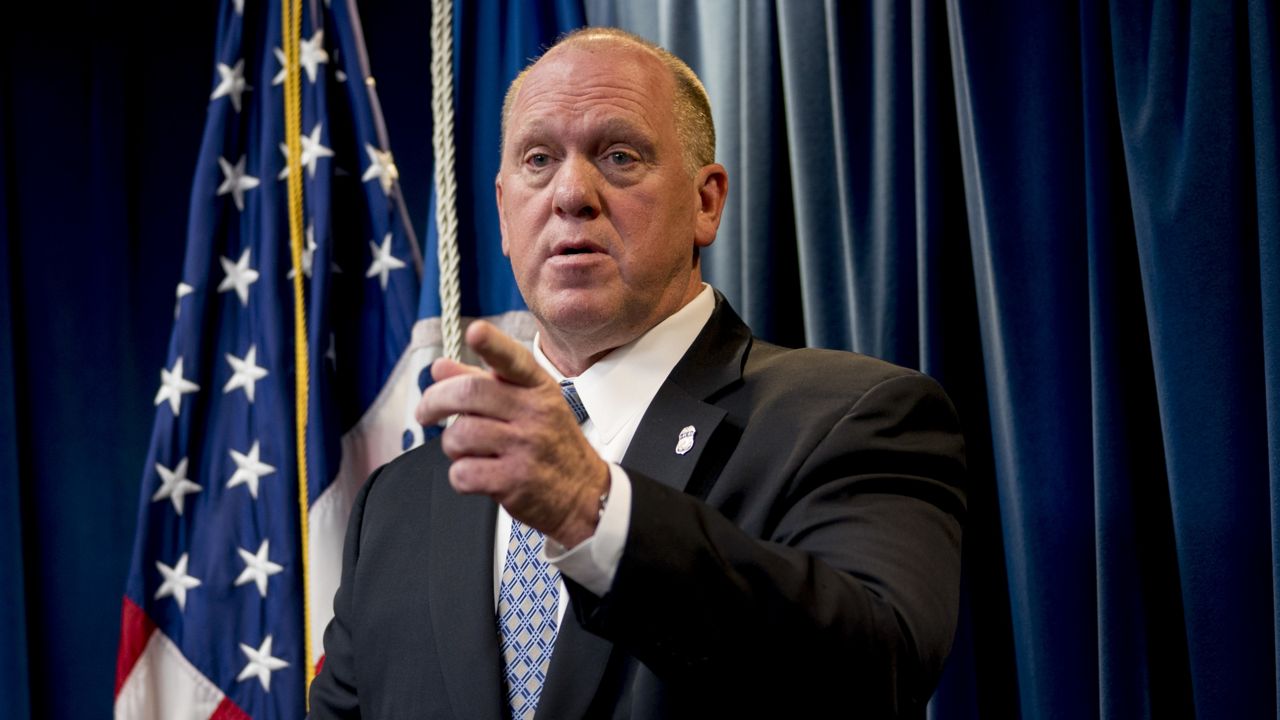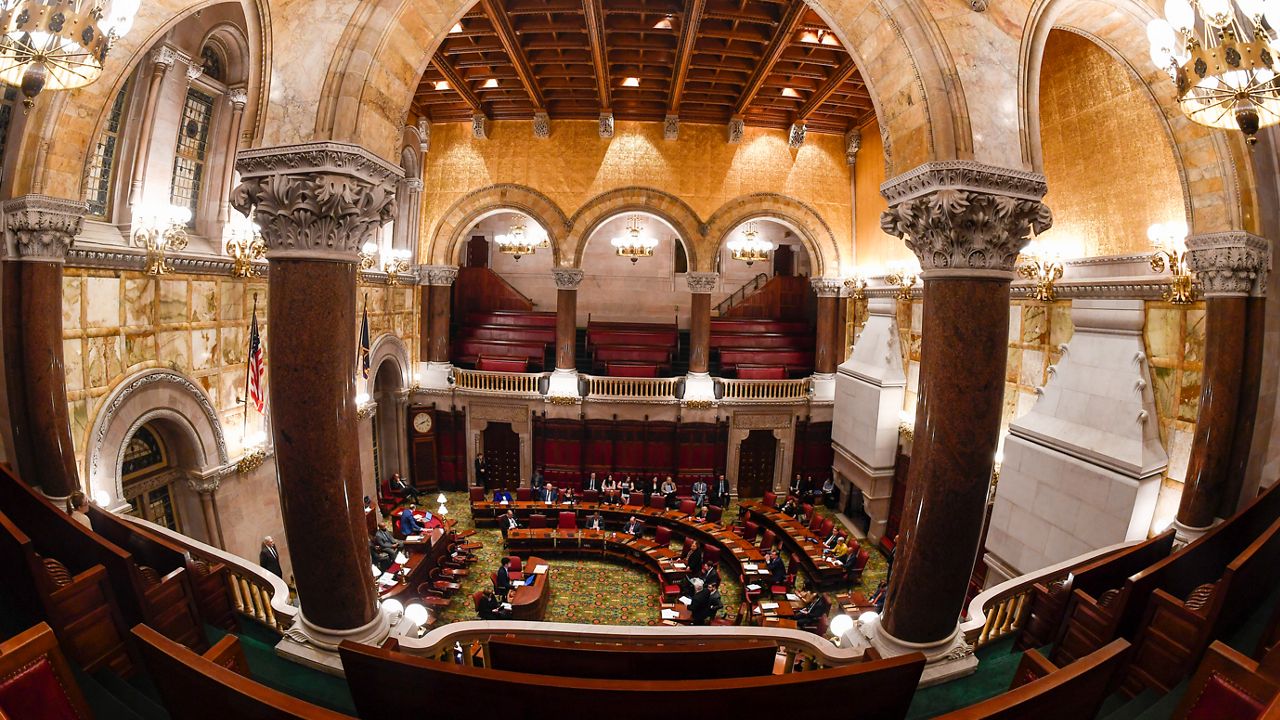Less than a week out from the April 1 state budget deadline, there appears to be significant movement on at least one of Gov. Kathy Hochul’s top demands: a bell-to-bell cell phone ban in schools.
State Senate Majority Leader Andrea Stewart-Cousins updated reporters on the progress of negotiations Wednesday, a process she described as “at the end of the middle” but “tedious” as a result of uncertainty over federal funding. Stewart-Cousins indicated that making the April 1 deadline appears unlikely, but those close to the process have suggested it does not appear the delay will push past mid April.
Stewart-Cousins, Gov. Hochul, and state Assembly Speaker Carl Heastie have laid the groundwork in recent days for managing public expectations should the state need to make adjustments mid-year in response to federal funding cuts.
“The process is tedious because of what we see on the horizon coming from our Republican colleagues in Washington,” Stewart-Cousins said. “We do have seven congressional Republicans in the majority that, if they had the strength, they could actually stand together and make sure New York is protected,” she added. “So it is a hope that they will take what’s happening very, very seriously.”
She said the three parties are growing closer on some key issues, including what appears to be a concession to the governor on a bell-to-bell cellphone ban in schools. The Assembly had left the issue up in the air in their one-house budget, while the Senate preferred an approach that took into account districts who had already put a plan in place, as well as those who preferred that phones be allowed during non-instructional time.
“As of yesterday, the majority of members are more comfortable with a bell-to-bell approach — they really are,” she said.
Meanwhile with concerns about future belt tightening at the forefront of three way talks, child care advocates took to the state Capitol Wednesday to say their budget can’t be any tighter.
A coalition including state Sens. Jabari Brisport, Julia Salazar and Gustavo Rivera, as well as Assemblymembers Andrew Hevesi, Zohran Mamdani, and Sarah Clark, gathered to warn state leaders that they need to churn out more funds, or New York’s child care crisis could hit a new low.
In the shadow of a 15-foot inflatable baby in the Capitol’s War Room, they sounded the alarm over what they call a dire tipping point when it comes to funding for New York’s Child Care Assistance Program.
Assemblymember Sarah Clark stressed that New York needs to step up funding for the state’s primary program to help lower income families access child care, as multiple counties are on the verge of running out of cash — and all three budget proposals fall short of addressing it.
“We need to ensure that we are getting the dollars out the door this budget,” she said. “The alarm bell was sounded in New York City. We now know six rural counties in upstate have stopped taking new subsidy families, and that’s only going to start trickling to more families.”
Dede Hill, director of policy for the Schuyler Center for Analysis and Advocacy, told Spectrum News 1 if the state doesn’t spend at least $500 million more on child care assistance than what the governor proposed in her executive budget, families could be stuck looking for other options even if they have been approved in the past.
“They may learn that they are not going to be renewed for child care assistance,” she said.
The executive budget is proposing flat funding for the program, while the Senate is proposing a modest increase of about $50 million, with the Assembly the outlier in three-way negotiations, coming to the table with a $212.5 million bump.
Hill and lawmakers are also urging the governor and the Assembly to get onboard with the Senate’s proposal to invest $500 million in the child care workforce.
“None of this works without educators in the classroom who are available to cover this growing need and demand for child care,” she said.
Hill pointed out however that even that proposal doesn’t get at the root of the problem, stressing the need for a permanent workforce fund in order for child care facilities to be able to achieve stability.












